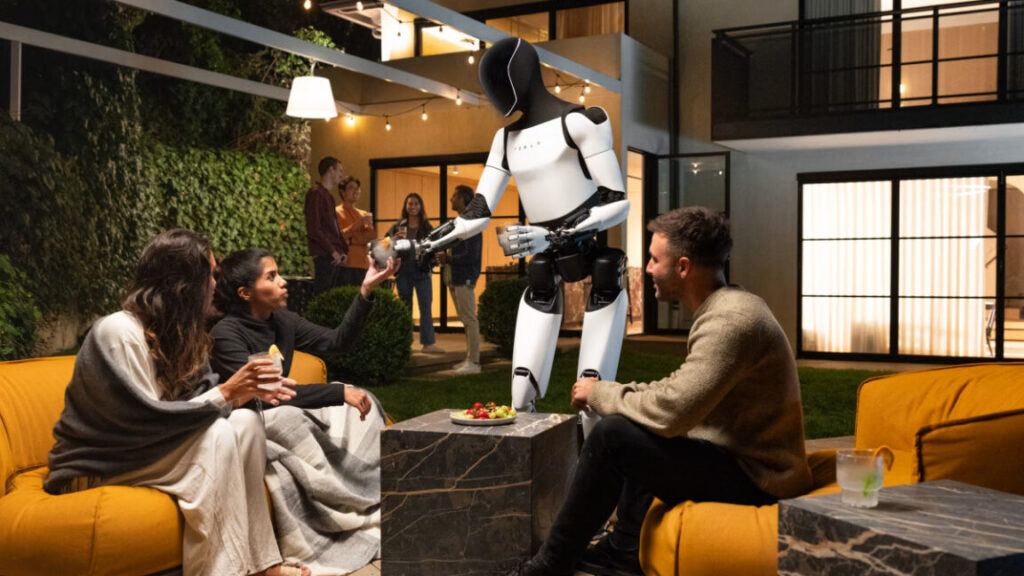When a robotics pioneer who has spent decades building humanoid machines recommends that you stand at least nine feet away from any full-sized walking robot, you should probably listen. “My advice to people is to not come closer than 3 meters to a full-size walking robot,” Rodney Brooks writes in a technical essay titled “Why Today’s Humanoids Won’t Learn Dexterity” published on his blog last week. “Until someone comes up with a better version of a two-legged walking robot that is much safer to be near, and even in contact with, we will not see humanoid robots get certified to be deployed in zones that also have people in them.” Brooks, the MIT professor emeritus who co-founded iRobot (of Roomba fame) and Rethink Robotics, believes companies pouring billions into humanoid development are chasing an expensive fantasy. Among other problems yet to be addressed, he warns that today’s bipedal humanoids are fundamentally unsafe for humans to be near when they walk due to the massive kinetic energy they generate while maintaining balance. That stored-up energy can cause severe injury if the robot falls or its limbs strike someone. More on the dangers of robots in a minute. Beyond concerns about malfunction, Brooks contests the prevailing belief that humanoid robots will soon replace human workers by learning dexterity through watching videos of people performing tasks. It’s a common robotics AI training technique we have covered in the past. He does not think such robots are impossible, but that they may be further off than most people think. In some corners of the tech world, robot hype has reached a fever pitch due to the rapid gains in AI. Tesla CEO Elon Musk has claimed that the company’s Optimus robots could generate $30 trillion in revenue, while Figure’s CEO Brett Adcock envisions humanoids serving millions of tasks in the labor force. However, hardware is much harder than software. Unlike software that runs in a virtual world, the laws of physics are unforgiving and immutable, and interacting with the physical world safely requires a great deal of sensory input. Brooks, who has been working on robot manipulation since the 1970s, argues these companies are missing the fundamental ingredient for dexterous manipulation: the sense of touch.
Continue reading the complete article on the original source



